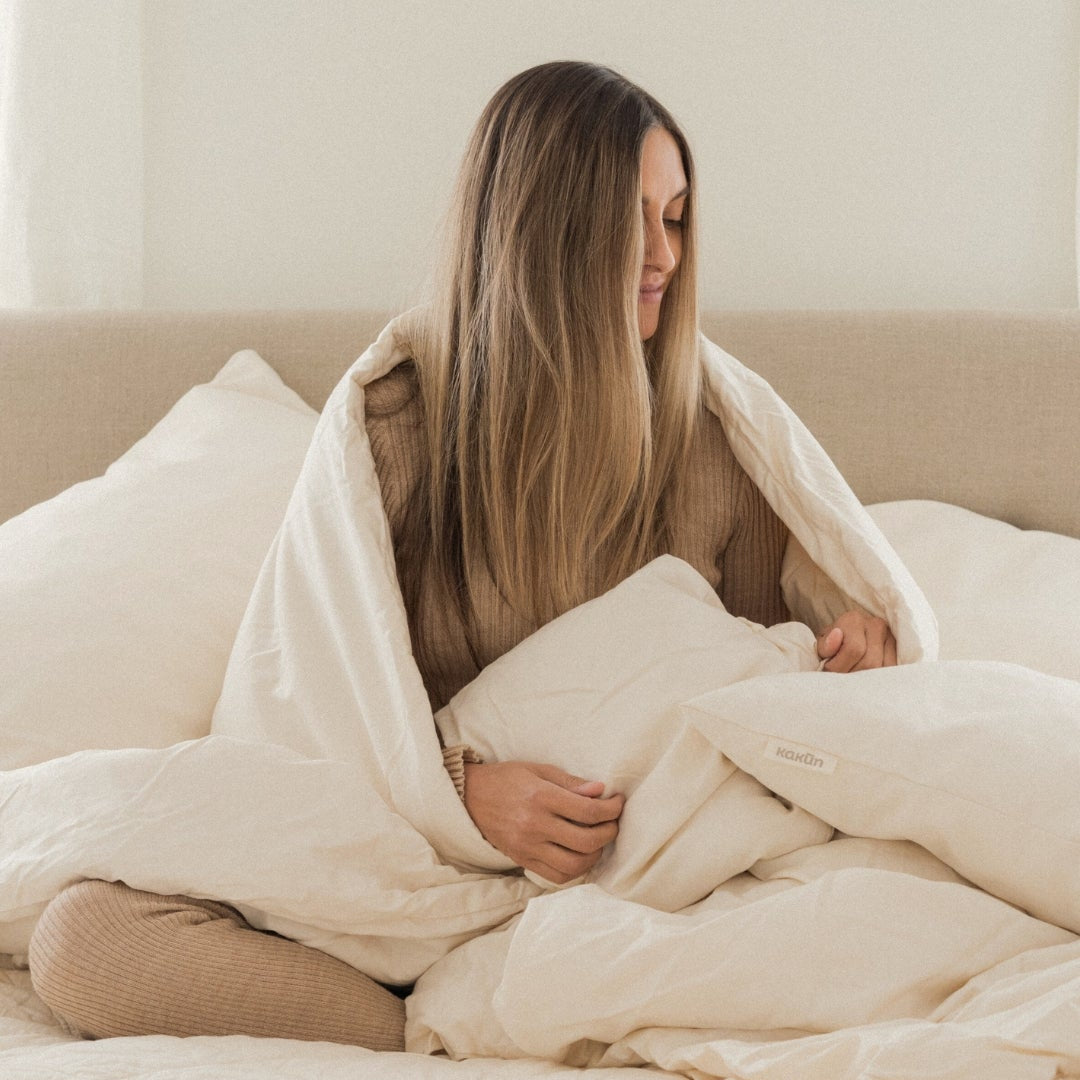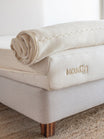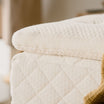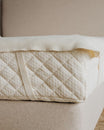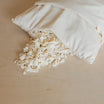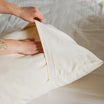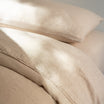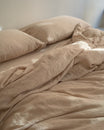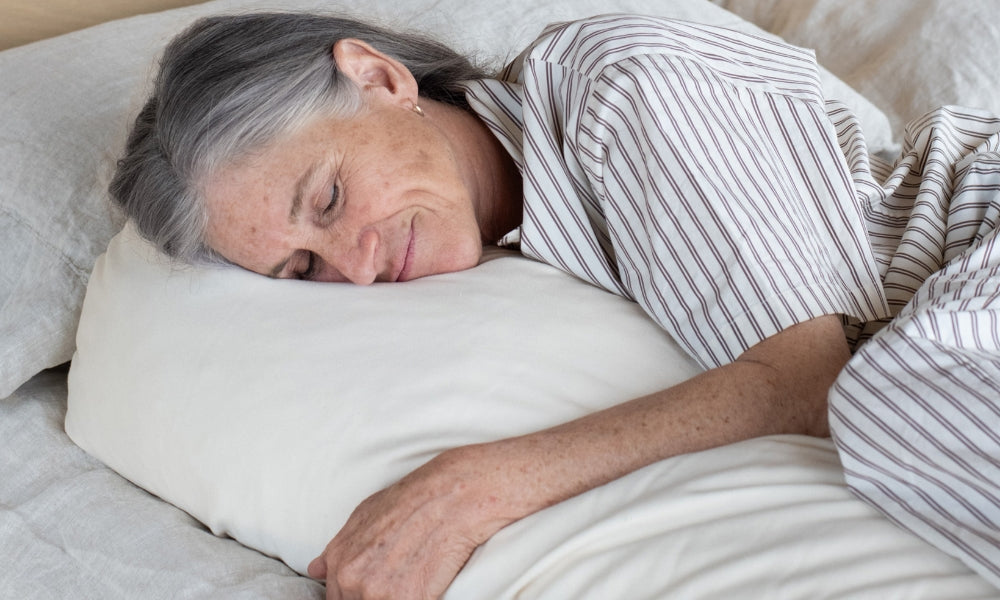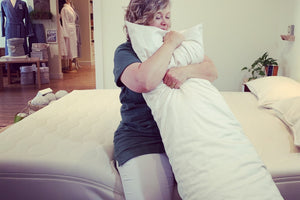How does wool fibre work as a temperature regulator? How does it differ from other comforter fills such as down, feathers and polyfibre? Let’s start with the basics.
Throughout history, we have searched for the best way to sleep warmly in the colder months. People from the past used what was available, furs and feathers, layered cotton quilts and wool blankets. More recently, comforters with man-made polyfills have become an option. Back then, we needed to capture all of our heat, as most dwellings were poorly insulated and once the fire went out, became quite cold. Bedding that used furs and feathers worked, as they kept the heat in and held it there throughout the night.
Nowadays, our needs have changed. We have temperature control and insulation in our homes. We can let our dwellings cool down at night, while maintaining a base temperature so we don’t freeze and because of this, what we need as bedding has also changed. We want to keep warm at night, yet not overheat. Here is where wool enters the spotlight.
Wool is one of the most effective temperature regulators. It has a unique composition, comprised of coiling strands that retain a characteristic of elasticity, which in its natural form creates plenty of open air space. Here’s how it works. Our body heat rises and is held in this spacious fibre, and when more heat comes in, it gets pushed out the top where it dissipates. If you get a wool product that has retained some of it’s lanolin (the sheep’s natural “wax”), then that will make it even more effective at catching and holding our heat. Wool fibres also wick away our sweat and moisture, further aiding the regulating process.
What makes wool a superior temperature regulator is it’s built in system of releasing our heat as more comes in. This is how we don't overheat. Other fibres such as feather, down and polyfills, are not as open and breathable. They trap our heat, and when we need to release some, we have to physically lift the comforter or kick it off. This disrupts our sleep. Furthermore, since the creation of mattress materials such as memory foam and polyester fibres, our bodies have had to work overtime to keep cool. These non breathable new bedding materials are actually the biggest cause of our night time overheating and sweating problem.
It is important that we don’t overheat at night. An overly warm body at night tricks our hormones into signalling that we rise and become active. That is why so many people wake up when they are hot. Our body literally thinks it’s day time. The most ideal room temperature for a healthy and restful sleep is around 65 degrees. This ensures our bodies cool down and rest more deeply and undisturbed.
Picking your wool comforter weight is the next step to ensure your temperature regulated sleep. If you need more warmth because you sleep cold, then choosing a heavier weight of wool will ensure you stay cozy. If you are in general a hot sleeper, then the lightest weight will keep you comfortable, while easily releasing all your extra heat. If you are average in the temperature department, then a middle weight will do nicely. Some of you might need a lighter weight for the summer and switch to a thicker weight come fall. Often partners who share a bed need different weights, so happy news, comforters can be made to have one weight on one side, and a different weight on the other. No one needs to compromise.
Why is temperature so important to sleep? Sweating and overheating like so many other issues, get in the way of us having a great sleep. Being able to address your temperature regulation will go a long way to improving our overall sleep quality. When we provide ourselves with the right bedding materials our bodies will do what they naturally need to do: moderate our body temperature, honour our circadian rhythms, fall asleep easily and stay asleep, allowing us to awaken refreshed and renewed.


